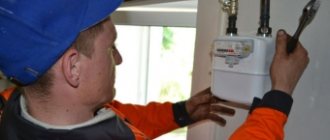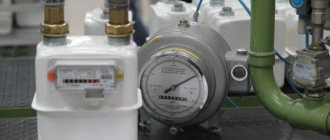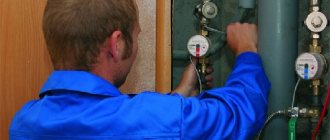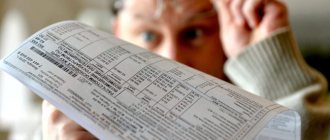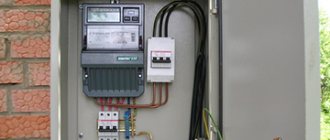An electricity meter in an apartment or house helps control the consumption of electrical energy. The homeowner is responsible for monitoring the technical condition of the device, carrying out repair work and submitting an application for periodic inspection. Below we will discuss the frequency of verification of electricity meters and how household electricity meters are verified without removal. Also, the reader will learn about what the verification interval is and who should carry out the scheduled verification.
Electric meter service life
The answer to the question, what is the service life of the electric meter, is in the device passport. Here the manufacturer indicates the model and expiration date. To measure electricity consumption in an apartment, two types of meters are used: induction and electronic.
Induction Electricity Meters
An induction meter works on the following principle: electricity moves through a roller, forming a magnetic field. Under the influence of the field, the disk rotates and the readings are displayed on the display. The higher the power of the devices connected to the network, the faster the disk will rotate. The service life of an induction type electric meter is indicated in the technical passport and is 30 years. The same document states how long it takes to replace electricity meters with new ones.
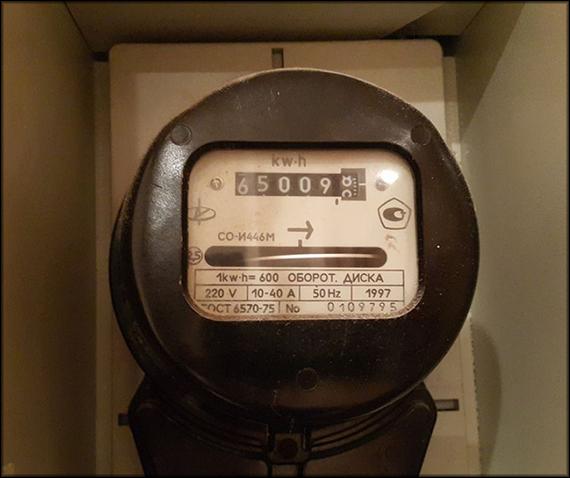
A device operating on electromagnetic induction does not give accurate readings because it has a low accuracy class. The second point concerns the possibility of deceiving the meter and distorting the readings if the magnet is brought closer to the disk. Under the influence of the magnet, the rotation slows down and the readings decrease.
In 2021, energy supply companies made a decision related to the replacement of all devices of class 2 and lower.
Electronic electricity meters
Electronic meters do not contain moving parts in their design. With this in mind, it is impossible to fool them by applying a magnet. The accuracy of the instruments is at a high level. The service life of an electric meter is 25-30 years.
Hybrid electricity meters
The product data sheet does not contain the word hybrid, but the design contains both mechanical and electronic parts. The cost of a hybrid meter is more affordable than buying an electronic version. Because of this, many people prefer to purchase this type of device.
Explanation of markings
The GOST according to which it is produced and published is indicated on the front panel of the product. Each series has specific technical characteristics and requirements for use. All this is indicated on the device labeling.
The figure shows in more detail what each letter or number on the structure means:
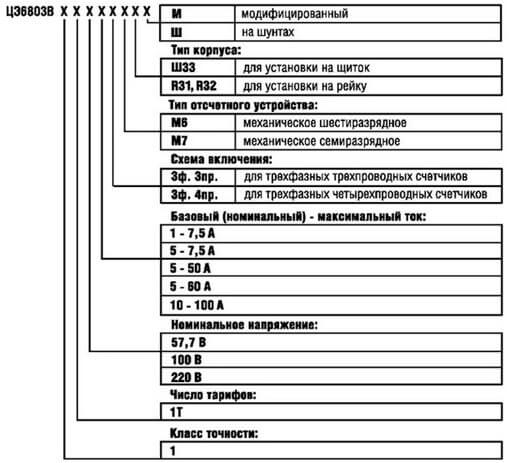
For example, the “Energomera” meter model TsE6803V/2 1T 110V 1-7.5A 3ph.4pr. M6 Ш33 is read as follows: number 2 is the accuracy class, 1T means that the device is single-tariff; 110V – indicates that the device has a rated voltage of 110V; 3f.4pr. – this is the connection diagram; M6 indicates the type of reading device (mechanical six-digit); Ш33 – type of housing and method of fastening the product; in this case, the meter is installed on the panel.
What is verification and why do it?
What is verification? First of all, two words are very close in pronunciation: verification and verification, but they mean different results of actions.
Checking the electric meter is carried out to determine the technical condition of apartment appliances, correct connection and proper operation of the equipment. At the end of the check, the user is given an act or certificate, which must be transferred to the energy company.
Routine verification of electric meters is carried out to confirm that the technical and metrological characteristics of the device meet the requirements. It is impossible to carry out the verification yourself. This requires special knowledge, equipment and a qualified specialist.
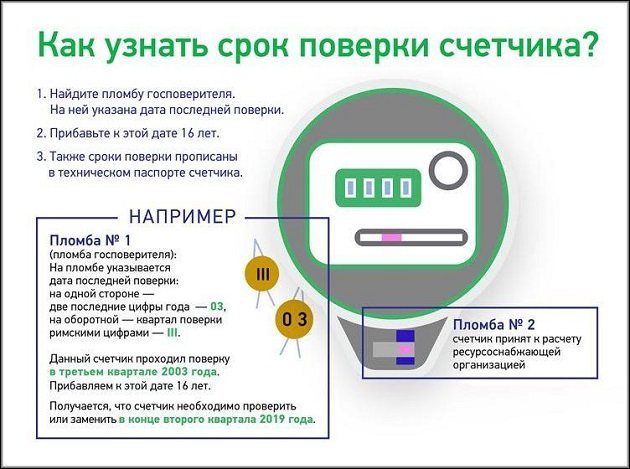
Verification of household electric meters is carried out only in certain cases:
- The previous state verification period has expired.
- Before installing a new meter. The installed device undergoes initial verification so that users are confident that the equipment is working correctly.
- According to user's requirement. An unscheduled verification of the electricity meter becomes necessary if a large number of kilowatts were noticed, even with electrical appliances turned off.
- To restore lost documents on the counter.
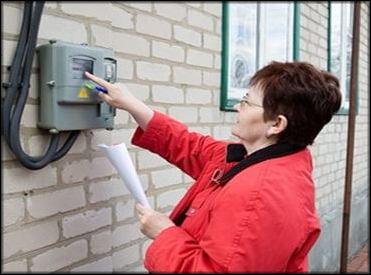
Attention, the user must monitor the verification deadlines. If the verification deadlines are missed, the meter readings become invalid. In this case, from the end of the period until the day of verification, the calculation of the amount and cost of consumed electricity is carried out at average tariffs.
Documents that are provided after verification
Upon completion of the work, the metrology company employee must provide the user with documentation of the procedure:
- service agreement;
- invoice with payment receipt;
- act of verification;
- certificate of the procedure performed;
- copies of papers giving the company the right to carry out this activity.
If necessary, a verification protocol is drawn up and a copy of the passport for the electric meter is provided.
How often should the meter be checked?
The timing of the verification interval of the electric meter is prescribed in the product passport. In addition to the device, a report and certificate on the results of the initial verification examination are given, which also indicates the date of the next verification.
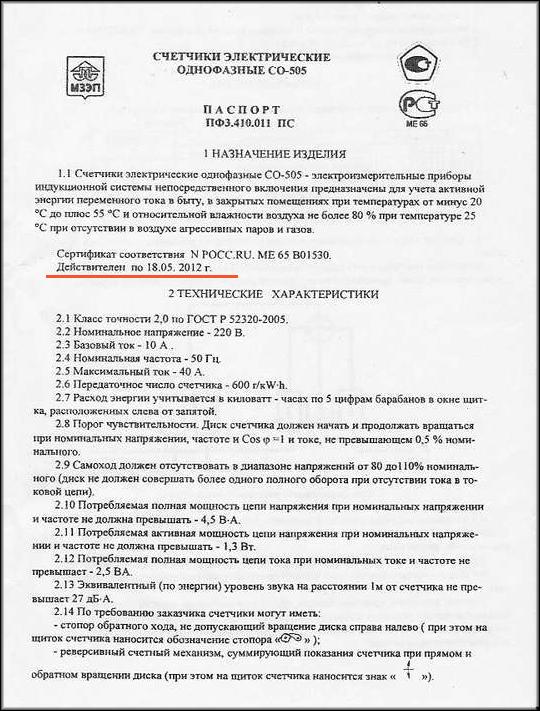
As a rule, electric meters need to be checked every 6–15 years. Depending on the type of measuring device, the MPI (calibration interval of electric meters) is established. For induction type, verification must be carried out every 8 years. The frequency is indicated by the manufacturer himself, specifying how long the equipment will operate without errors or errors. A meter that has expired is considered unfit for use until the contrary is confirmed by laboratory testing. The frequency of inspection of measuring equipment may change due to emergency situations.
Calculation of consumed electricity can only be carried out using a special meter that has a passport, certificate, and evidence of its compliance with current state standards.
What it is
Verification of electricity meters - examination of equipment using special measuring instruments, as well as comparison of the resulting indicators with those recognized as reference standards by an accredited organization. Verification differs from verification in that in the first case it is supposed to carefully study the meter, its mechanism of operation, performance and technical characteristics laid down by the manufacturer. Checking is an external examination with pliers and a multimeter.
Electricity meter as a common equipment
According to the federal law on uniformity of measurements No. 102 and standard No. 261 on energy saving, certified electric meters can operate. Verification is a mandatory procedure confirming the fact that the measuring device is in working order in order to carry out accounting tasks. This is an analysis of electric meter readings with a standard, which may have some errors. Based on the measurements obtained, the magnitude of the error is determined.
Note! The verification consists of inspecting the electric meter for damage, diagnosing electrical insulation, determining operating faults, checking the self-propelled device and diagnosing the sensitive threshold.
Checking the electric meter can be planned or forced. It is performed by using a tester, current clamps or incandescent light bulbs. Needed to establish the theft of electrical energy or the incorrect operation of the device. The readings are taken by the owner himself or a competent representative of the service organization.
Types of checks
Primary
The initial check of the metering device is carried out at the factory, before the user installs it and begins to use it for its intended intended purpose. It is an inspection of the device for operability and compliance with standard metering values. During the initial inspection, actual defects are considered before import into the country.
Periodic
Periodic checks are carried out by a metrological organization. It identifies the probability of issuing meter readings and the permissible error.
Extraordinary
An extraordinary check of the system is carried out between periodic diagnostics when equipment is repaired, there is a need to replace the electric meter, loss of technical documentation and doubts about the correct operation.
The nuances of conducting an extraordinary inspection
How is the measuring device verified?
Currently, two verification options are used:
- in the laboratory;
- at the location of the device.
The first verification method is carried out in a specialized laboratory. This process takes at least 14 days. On average, it takes from 2 to 4 weeks to obtain measurements and issue a certificate. In addition to the long time, verification in the laboratory has a considerable cost.
This is what the price for verification in laboratory conditions consists of:
- audit;
- dismantling and installing the meter;
- transportation to the place where electricity meters are checked, and back to the place where the device is located.
Of course, not every user can handle the financial costs and deadlines. Therefore, a more popular option is verification directly at the installation site of the measuring device. The audit requires special equipment.
Responsible employees of the energy sales company ensure that the meter requires verification. Direct verification is carried out by specialized institutions operating in accordance with the obtained licenses and certificates.
Company specialists use several types of control devices in their work, with the help of which the temperature conditions of the measuring device and the measurement error are taken into account. Modern technologies make it possible to carry out audits using a computer. The received data can be stored for a long time and restored if necessary.
An independent examination of the electric meter is carried out only in emergency situations, for example, a fire. In this case, the laboratory determines whether the cause of the incident was faulty wiring or a short circuit in the network.
Should I buy a new device or trust the old one?
The verification procedure is paid. If the device does not pass the control test, it will have to be repaired and you will have to pay for verification again. Or throw it away and buy a new meter.
When the verification interval ends, the owner may doubt whether it is worth spending money on verification or whether it is better to immediately buy a new device. To make a decision about replacing an old electric meter, you need to evaluate its performance. You can carry out the verification procedure at home. There are several obvious signs that the device is faulty:
- If the electrical IPU makes noise;
- When an inflated monthly electricity bill arrived, without objective reasons;
- The scale for measuring consumption indicator rotates quickly or, conversely, slowly. Here you can simply compare the bills in your electricity receipt for the previous month and the current one;
- If the owner decided to save on electricity consumption, or was absent from the premises, but this did not affect the amount in the receipt.
Actions when checking the meter
What devices will be used for the audit depends on the type of measuring device installed.
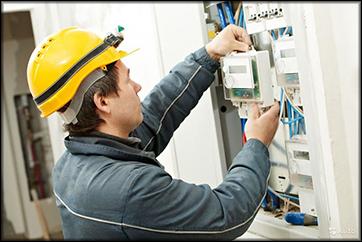
The process can be divided into stages:
- Visual inspection. The specialist carefully inspects the meter for mechanical damage, deformation of the housing or additional elements. The device number, compliance with state standards of configuration and labeling are also checked.
- Strength test. At the same time, the insulating elements are checked. This stage of the audit is not carried out for the following devices: only purchased equipment, meters after repair (since the insulating elements were already checked during the process), devices with unbroken sealing.
- It is checked how correctly the counting mechanism functions. The device is connected to the power supply network for a while, and the equipment is warmed up for 15 minutes. At the same time, the specialist controls the energy supply mode and voltage so that the data is within normal limits. During the specified time, the frequency indicator of disk rotation is measured.
- It is necessary to confirm that there is no self-propelled device in the meter. To do this, the device is connected to electricity via a parallel circuit. The voltage in the circuit is 115% of the nominal value. In this case, no voltage is supplied to the series circuit. The study lasts 10 minutes. If the design of the measuring instrument does not allow for self-propelling, then this item is skipped.
- Checking the sensitivity threshold. The study lasts 10 minutes, during which the device is supplied with rated voltage through a parallel circuit.
At the same time, actions are taken to monitor the error in the device (relative and basic). They must correspond to the values indicated by the developers of this equipment. Based on the data obtained, the deviation is calculated. During error studies, a stopwatch and a current and voltage meter are used.
The verification process ends with sealing of the measuring equipment. To do this, a stamp imprint is left on the seal being installed.
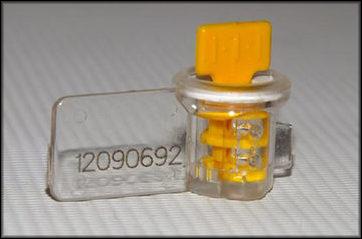
It is worth mentioning the features of checking different types of electricity meters in an apartment:
- simple devices are controlled by checking electronic accuracy;
- More complex equipment, such as three-phase equipment, requires more time and step-by-step inspection, during which electronic accuracy is determined and additional capabilities are analyzed.
If during verification by metrological organizations it was determined that the meter does not meet the requirements, or its malfunctions do not allow further use of the device, then the measuring equipment is replaced with new one. Such a solution will be in the interests of the user himself, since when installing a new meter, the amount of electricity consumed will correspond to reality.
What verification procedure is established?
The main body entrusted with the functions of consumption accounting and verification of measuring equipment is the Metrology Standardization Center. Each region has its own branch of the Center.
The owner is responsible for performing the procedure if the verification takes place in the laboratory. The owner is obliged to deliver the measuring device to the department or branch of the Metrology Standardization Center and agree on when the verification will be carried out. On the part of Energosbyt there must be control over the timing of verification of devices, and when the date approaches, the owner of the equipment must be informed that an audit is necessary.
If the user has doubts about the reliability of the meter readings, he has the right to contact the organization performing the verification before the expiration of the previous audit.
Regulations for consumer actions to check the electric meter at home without removing it:
- Make a call to the company that deals with verifications. By telephone, leave a request for an inspection of the measuring device, without removing the latter.
- After the metrologist carries out the verification, the user is given a package of documents, which includes a meter verification report. The received papers must be taken to the energy supply company operating in the consumer’s area of residence.
- After the specialists of the energy supply organization check all the documents for correctness and accuracy of the data, a Distribution Zone employee comes to the address where the electricity meter is installed and seals the meter. As soon as the seal is installed, the electrician must rewrite the readings of the device.
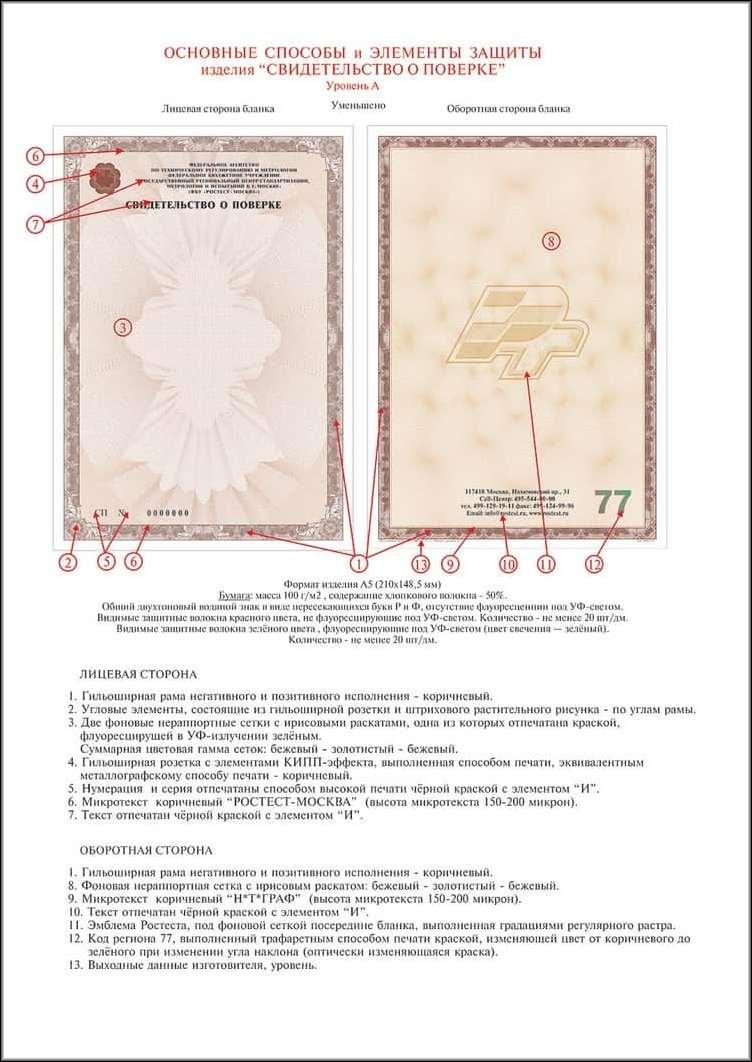
Verification is carried out using special tools and equipment. If there are minor deviations, the technician can perform calibration on site and restore operation. If everything works correctly, there are no deviations or violations, then the meter is sealed again and a certificate is issued.
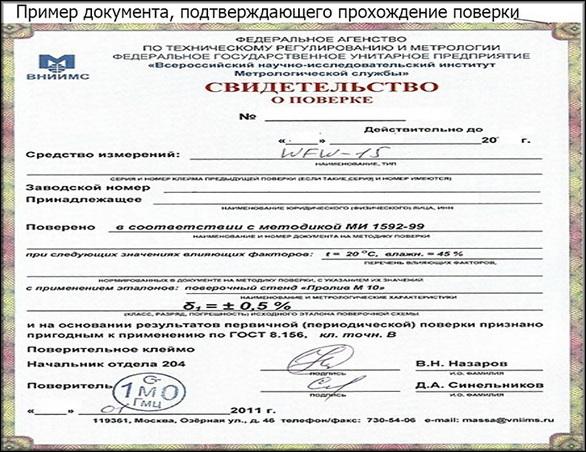
Types of verifications
Let's consider the main types of control procedures:
- primary - carried out before the start of operation or if the measuring instrument has been repaired;
- periodic - carried out according to the calendar, which is established by regulations;
- extraordinary - can be organized in connection with certain circumstances;
- inspection - carried out by specialized services during scheduled or unscheduled inspections;
- expert - necessary to resolve disagreements that arise between enterprises, metrological services, and users of measuring instruments regarding the operational suitability of devices.
Primary
This is a mandatory procedure that is carried out before commissioning any measuring instrument. Most often it is organized simultaneously with acceptance tests or upon their completion. According to the established requirements, the procedure is carried out until the device is installed at the place of its operation. The effectiveness of verification is achieved through testing each specimen. In some cases, a sample analysis may also be carried out. The decision to organize one method or another depends on economic and logistic factors, as well as the design features of the equipment.
Tests can be carried out in several stages:
- the initial stage is organized in the process of acceptance and transfer;
- final - after installation of the equipment at the site of operation and the start of its operation.
This step-by-step approach is relevant for devices of complex design.
In our country, foreign-made measuring instruments must undergo verification, even if they have already been tested by the manufacturer’s specialized services. This rule does not apply to products manufactured by states with which the Federal Agency for Technical Regulation and Metrology of the Russian Federation has concluded special international agreements. In this case, accompanying documents confirming the event must be attached to the product. There must also be a verification mark on the device itself. The Russian Federation has concluded such agreements with the countries that are part of the CIS.
Primary verification falls within the competence of the State Metrological Service (SMS) and is carried out at specialized verification points. The procedure for research work is regulated by current legislation.
Periodic
The procedure is relevant for devices that are in operation or in storage. For a certain type of device, its own verification frequency has been approved - the inter-verification interval (ICI). It is determined in accordance with the regulatory requirements of RMG 74-2004. Sometimes MPIs are adjusted. Changes in intervals may be influenced by economic feasibility, as well as new circumstances identified during the operation of measuring instruments. On the one hand, increasing the calibration interval makes it possible to reduce research costs; on the other hand, the risk of using faulty devices with unacceptable errors increases. The bodies of the State Migration Service of the Russian Federation and Rostekhregulirovaniya are involved in optimizing and adjusting the duration of the MPI.
The control event is most often organized on the territory of the measuring instrument user or at an enterprise accredited by metrological bodies to carry out verification. To conduct reliable tests, stationary verification points or metrological standards may also be needed. In any case, the law obliges legal entities and individuals using measuring instruments to have everything necessary to analyze the equipment.
When organizing an event by local State Migration Service bodies, device owners must:
- deliver the measuring instrument to the place of examination;
- provide space and personnel to assist with the research;
- ensure proper storage of metrological standards and other devices of State Migration Service bodies;
- when using a mobile laboratory, ensure access to the necessary communications.
Periodic inspection can be avoided by devices that are undergoing conservation. Complex devices can undergo partial verification by decision of the chief metrologist with a corresponding entry in the reporting documents.
Extraordinary
The procedure is necessary in case of unforeseen situations. This may be a change in the order of use of the device, a fall, exceeding the maximum permissible measurement limits, or critical operating conditions.
Extraordinary verification is required before starting to use measuring instruments that have been idle in a warehouse in a mothballed form or have been in transit for a long time. One of the reasons for analyzing the device may be a violation of the verification mark or loss of accompanying documentation. The procedure can be prescribed to adjust the MPI or to monitor the results of periodic verification.
Inspection
Carried out in whole or in part during state metrological control and supervision. The purpose of the event is to optimize MPI, check the correct operation of devices and actions of the State Migration Service bodies. The procedure is carried out in the presence of representatives of the company or individual being inspected. The results of the event are entered into a special protocol and certified by its participants.
Expert
The basis for verification is the requirement of the court, the prosecutor's office, representatives and executive authorities. It is organized by the State Migration Service bodies when disagreements arise regarding the serviceability and operating standards of various measuring instruments. The justification includes a description of the subject of verification, the reasons and purposes of the procedure. The result of the event is a written conclusion drawn up in 2 copies. The first is issued to the applicant, and the second is stored in the archives of the State Migration Service.
Simplified system for inspecting an electric meter without removing it
More recently, a service has appeared in Russia that is designed to significantly facilitate the process of checking the electric meter after the expiration of the MPI. The procedure is as follows:
- The energy company receives a statement stating that the meter needs to be unsealed. The procedure is formal; no one appears on the doorstep to remove the filling.
- Contact an accredited company that has a license to operate and fill out an application for simplified verification. Before contacting a company, you should find out everything about it, since there is a great danger of falling for scammers.
- Money is deposited into the organization's cash desk for a package of documents.
- After payment has been received, the documents are sent by mail to the consumer.
- The user takes the package of papers to the energy supply company.
- In return, the company issues a certificate of ownership. After this, you can go to the RES and write a request to seal the device.
The service life of the meter is indicated in the technical data sheet for the product. On average, the shelf life ranges from 25 to 32 years.
The calibration interval for electric meters is specified in the documents given by the electrician after the meter is installed and sealed. On average, verification is carried out every 4, 6, 16 years (depending on the type of measuring device).
How to choose a company
The devices are checked by commercial companies, the procedure is paid. When the time has come to verify the electric meter, the first thing to do is to choose a metrology company that has the appropriate accreditation for the right to carry out this type of activity.
Attention! There are scammers in this market. They "check" the meter, take your money, give you a "certificate" that is not legally binding.
The presence of a company document giving the right to verify an electricity meter can be tracked on the website of the Russian Accreditation Agency (pub.fsa.gov.ru/ral). For example, in the capital and region, FBU Rostest-Moscow is responsible for checking electricity meters. At the same time, the employees of this organization themselves do not go on field trips. The company has agreements with other companies, but it is Rostest that issues the certificate.
In order to check the legality of the certificate issued to the owner, you need to go to the Rostest website (se.rostest.ru) and enter the number indicated in the document there. Next, you should check that the data in the table matches the data in the certificate. It is important to remember that the data on the site always appears before the certificate is issued. If an employee claims that the information has not yet been loaded, this is not true.
To avoid becoming a victim of scammers, you must remember the following:
- The verification certificate is not issued on the day of the procedure itself. At least a week must pass;
- It is mandatory for all accredited organizations that there are no handwritten notes in the certificate;
- Watermarks are required;
- Printing must be clear and distinct;
- The requirement of Order of the Ministry of Industry and Trade No. 1815 dated July 2, 2015 obliges to issue a certificate in laboratories.
